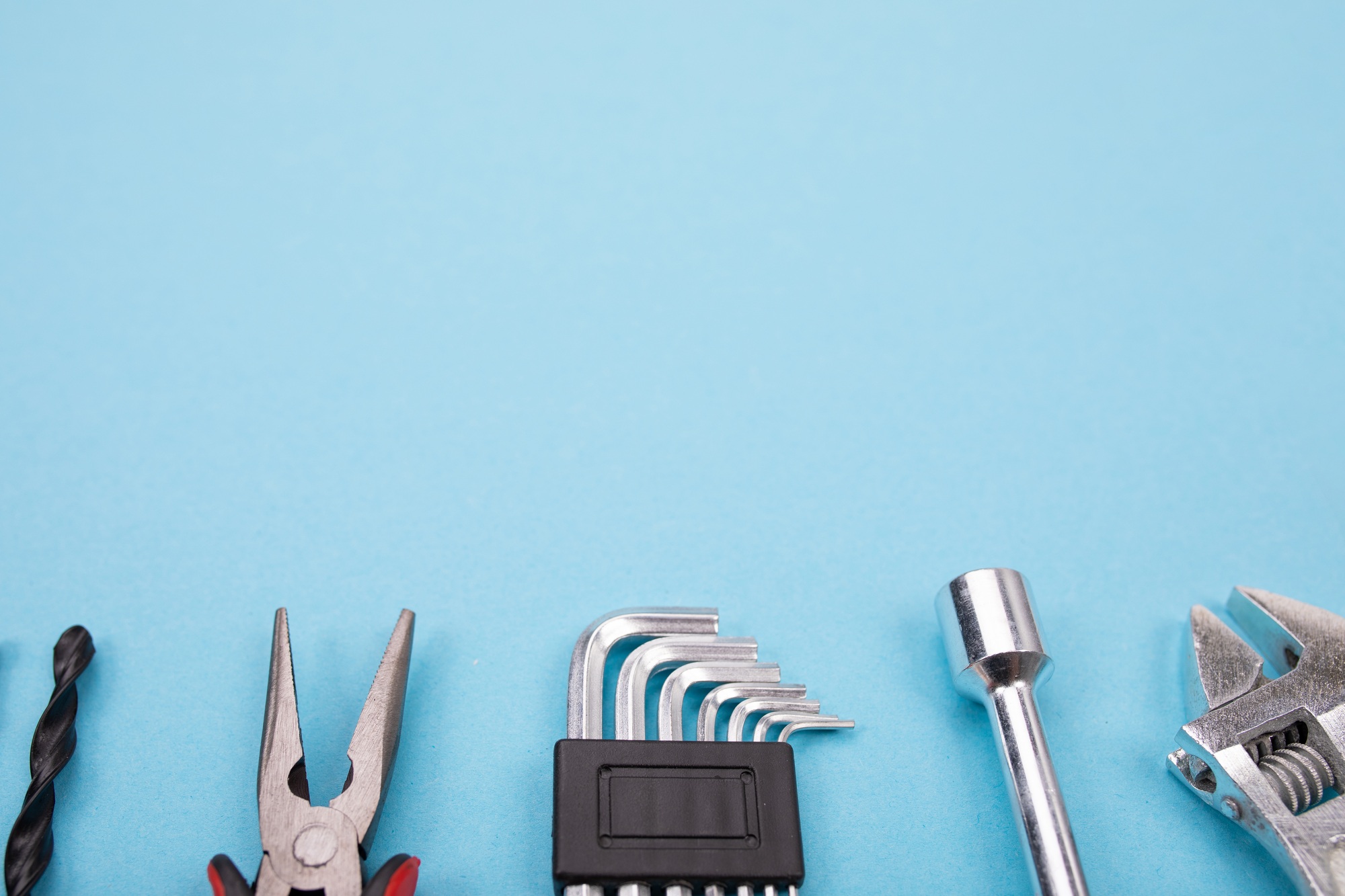Introduction to Modern Infotainment Systems for Classic Cars
With the surge in classic car upgrades, integrating modern infotainment systems has become a popular choice for enthusiasts. These advancements offer a harmonious blend of technology and aesthetics, allowing classic car owners to enjoy both form and function.
Comprehending the balance of modern technology integration into vintage vehicles is essential. Modern infotainment systems can significantly enhance the driving experience without compromising the car’s nostalgic charm. Features such as touch screen interfaces, Bluetooth connectivity, and advanced sound systems provide drivers with contemporary conveniences while respecting the vehicle’s vintage appeal.
Also to discover : Step-by-Step Guide: Installing a Wireless Charging Pad in Your British Electric Vehicle
The trend of retrofitting classic cars is not just about improving comfort or functionality but also about preserving the authentic aesthetic that car lovers cherish. This technology integration allows owners to maintain the integrity of their vehicles’ original appearance, while seamlessly introducing features that enhance usability and safety.
Classic car enthusiasts are increasingly inclined to explore these technology integrations. The upgrades ensure that their prized possessions remain functional and enjoyable in today’s fast-paced world. Moreover, the installation of these systems improves resale value, making it a wise investment for those looking to blend the best of both eras. Retrofitting not only personalizes the driving experience but also safeguards the iconic status of classic cars.
Also read : Transform Your British Sedan: A Comprehensive Guide to Installing a Panoramic Sunroof
Prerequisites for Upgrading
Understanding the preparatory steps is crucial when upgrading classic cars. Firstly, assess the car’s electrical system and existing components. This assessment identifies what parts need attention or replacement, ensuring a smoother upgrade process. Tools like voltmeters and wiring diagrams are essential for evaluating the system effectively.
When considering an upgrade, compiling a list of recommended tools and materials can save time and effort. Common tools include wrenches, screwdrivers, and specialized equipment like wire strippers. Materials might consist of new wiring, connectors, and electrical relays. Having these on hand can help avoid delays.
Additionally, setting a budget and timeline is critical to successful project planning. An effective approach is to research the average costs of upgrades and compare them with the available resources. For example, if planning to install a new sound system, calculate both parts and labor costs beforehand.
Establishing a realistic timeline prevents unforeseen complications. Allocate extra time for unexpected issues, as classic cars can present unique challenges. For instance:
- Evaluate car health
- Gather necessary tools
- Set clear budget and timeline
By methodically planning each part of the upgrade, enthusiasts can enjoy a seamless transition while preserving the vehicle’s classic charm.
Choosing the Right Infotainment System
When considering an Infotainment System Selection for classic cars, several factors come into play. Notably, it’s crucial to address Compatibility Issues. One must evaluate whether the system integrates seamlessly with the existing vintage setup, particularly focusing on the electrical components to avoid any technical hiccups.
For those seeking reliability, turning to Top Brands known for their expertise in this niche is advisable. Brands such as Pioneer, Kenwood, and Alpine have crafted reputations by effectively blending modern technology with classic aesthetics. These companies specialize in creating systems that deliver cutting-edge features without compromising the authentic charm of older vehicles.
Incorporating smartphone integration has become increasingly relevant in recent years. Enthusiasts value systems that offer Bluetooth connectivity, Apple CarPlay, or Android Auto for a wireless experience. These features enable hands-free communication, navigating efficiently, and streaming multimedia directly from personal devices.
Key considerations include:
- Ensuring the system complements your car’s dashboard style.
- Confirming it supports audio quality enhancements for a superior listening experience.
- Checking ease of installation to avoid unnecessary customizations.
By addressing these elements, you can make an informed decision that enhances your driving experience while preserving the nostalgic essence of your classic vehicle.
Detailed Installation Process
When tackling a DIY Installation of an infotainment system, a crucial first step is careful preparation of the dashboard. Removing the original components without causing damage requires precision and the right tools.
Preparing the Dashboard
Gently dismantle the dashboard using a screwdriver and panel removal tools, avoiding forced removals that risk damaging clips and attachments. Patience is essential during this phase of the Infotainment Installation Guide. Once the components are removed, clean the area, ensuring no debris affects the new system’s integration.
Wiring and Connections
Step-by-step wiring instructions are vital for establishing proper electrical connections. Begin by disconnecting the battery to ensure safety. Identify existing wiring and harnesses related to power, audio, and other essential functions. Utilize wiring diagrams provided in the installation kit to guide you. This reduces misconnection risks and ensures seamless functionality of the infotainment system.
Mounting the Infotainment Unit
To maintain a classic look when mounting the unit, follow secure mounting techniques. Align the unit into the dashboard carefully and use the provided mounts or brackets. Emergent models often come with adjustable fixtures, letting you fit the system snugly. Firmly screw the unit into place, ensuring stability while preserving the dashboard’s aesthetic.
Compatibility Considerations for Different Classic Car Models
When it comes to upgrading vintage vehicles, understanding classic car compatibility is crucial. Many classic British car models, such as the Mini Cooper, Jaguar E-Type, and Aston Martin DB5, present unique challenges due to their distinct designs and older technology. Each model necessitates a closer look into model-specific solutions to ensure successful modifications without compromising authenticity.
Take, for instance, the Mini Cooper, where space constraints make fitting modern components particularly tricky. Yet, enthusiasts have developed clever customization options like bespoke wiring kits and compact retrofit appliances to overcome these issues. It’s about innovation without sacrificing the original charm.
Consider the Jaguar E-Type: a celebrated icon yet notorious for its electrical quirks. Here, the key is using modular systems that allow for easy upgrades and model-specific solutions tailored to its circuitry. These innovations promise reliability and ease of maintenance, merging classic elegance with contemporary performance.
A compelling case study is the integration of modern sound systems and GPS into the Austin Mini. Owners found customized mounting kits and hidden speaker installations essential, presenting user stories of triumph over spatial limitations. Employing these customization options highlights how tailored solutions enable seamless upgrades while preserving the integrity of these beloved vehicles.
Maintaining Classic Aesthetics During Upgrade
Maintaining a vehicle’s classic vintage appeal while integrating modern technology can be challenging, but it’s certainly achievable. When selecting infotainment systems, focus on those designed for aesthetic preservation. Many manufacturers offer retro-styled systems that blend seamlessly with classic dashboards, ensuring the interior design remains true to its era.
Incorporating modern technology involves careful accessory selection. Consider accessories like custom bezels and faceplates that mirror vintage styles, offering housing for contemporary devices without altering the overall authenticity. These components are crucial in maintaining the vintage appeal while allowing technological advancements.
To merge modern systems into a vintage car without compromising its original character, explore hidden integrations. Options like glovebox stereos or trunk-mounted amplifiers keep modern devices out of sight, preserving the original interior design experience. Embrace the use of technologies that offer functionality with discretion.
When pursuing aesthetic preservation, keep consistency at the forefront. Match materials and textures wherever possible, and select colors that align with the existing theme. Achieving a balance between classic visuals and модерn conveniences ensures that the beloved charm of a vintage car endures through modernisation.
Troubleshooting Common Issues
In the realm of infotainment systems, especially post-installation in classic cars, several common problems often arise. These issues might include connection drops, audio distortion, or unresponsive interfaces. Understanding the root causes can significantly aid in troubleshooting.
First, ensure all hardware connections are secure. Loose wires or improperly connected terminals frequently contribute to malfunction. Troubleshooting Infotainment Systems requires meticulousness; sometimes a simple adjustment rectifies persistent issues. Regarding software, ensure that all drivers and firmware are updated. Outdated software can produce functionality issues or create incompatibility with other components.
Further, if connectivity problems persist, verify that your smartphone or device is compatible with the system. Some classic car modifications might restrict modern compatibility features, leading to connectivity issues.
For effective repair tips, auditing the car’s electrical system can be beneficial, as it often interacts directly with infotainment components. If DIY efforts don’t resolve the problems, consult manuals or forums related to your specific system model.
Ultimately, if these steps don’t suffice, seeking professional assistance from experts familiar with both classic car wiring and modern tech systems might be the best course of action. They can provide tailored solutions with professional precision.
Additional Resources and Visual Aids
When embarking on a classic car upgrade journey, having access to ample resources and community support can be invaluable. Online forums and communities such as Classic Car Restoration Club or the Historic Vehicle Association offer a wealth of knowledge. These platforms can connect you with seasoned enthusiasts ready to share tips, tutorials, and hidden gems of wisdom, perfect for navigating the complexities of vintage vehicle maintenance.
Visual guides play a crucial role, specifically when tackling intricate installation processes. Tutorials on platforms such as YouTube provide step-by-step video guides featuring both experts and fellow aficionados embarking on similar projects. These guides dissect the procedures into digestible chunks, making even the most daunting tasks achievable.
Diagrams and illustrations serve as excellent supplements to video tutorials, offering static references that clarify complex instructions. These illustrative aids are particularly valuable when dealing with intricate wiring or mechanical configurations where precise execution is pivotal.
For those times when the steps seem insurmountable, obtaining professional help can be a wise decision. Consulting an expert not only eases the upgrade process but also ensures the longevity and performance of your classic investment. Balancing self-guided learning with professional intervention helps maintain both the aesthetic and functional integrity of your prized automobile.











